EuroTier 2022: the 7 biggest trends in pig feed
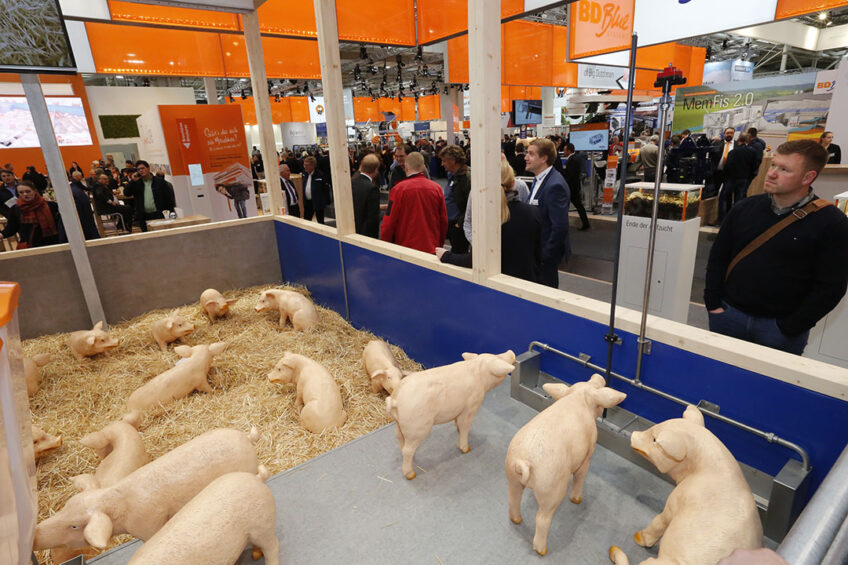
Numerous companies from the international feed industry will present their solutions, share their innovations, and discuss new processes and feeding formulas at the upcoming EuroTier 2022. What are the biggest trends in pig feed to look out for?
Algae and insects are an example of novel protein sources that will be discussed – a timely topic since the EU has approved the use of insect meal as animal feed on farms. Other hot topics include functional feeds, alternative proteins, roughage and feed additives.
Here, Dr Detlef Kampf, Competence Center Agriculture, DLG e.V., highlights 7 of the biggest trends in the animal feed sector.
‘Functional’ complementary feeds
Supplementary feeds or pre-mixes do not focus primarily on supplying energy and major nutrients to the animal but are intended to support them by including special ingredients. These could include amino acids and enzymes, medium chain fatty acids, oligo- or polysaccharides or polyphenolic acids that promote intestinal function, metabolism and the immune system, and thus animal health. Complementary feeds are of particular interest today as they can assist in reducing the amount of antibiotics used on livestock farms.
Optimising compound feeds for nitrogen and phosphorus
Our understanding has grown into how excess nitrogen and phosphorous in livestock rations pass through the animals and are excreted in manure, where it can pollute the environment. Nutritionists continue to look at how any damaging effects that may result can be reduced.
The aim of nutrition is to match rations to the animal’s actual requirements to maintain body functions as well as for meat, milk or egg production. Due to the high protein requirements of animals, protein supplementation often exceeds nutritional-necessary levels. This is also the case with phosphorous, where the available quantity in the diet from a particular source can vary so there could be more than expected, or it may be in a form that’s poorly utilisable by the animal and immediately excreted.
Protein requirements can be better balanced by optimising the feed protein quality through targeted feed processing, supplementation of free amino acids, as well as through the use of specific enzymes. Most important is meeting the precise nutritional requirements for an animal’s particular performance level and or growth phase. Issues with phosphorus can be addressed by reducing the phosphorous content of the animals’ diet to manageable levels that will not result in a deficiency.
Alternative non-GMO protein sources
As it becomes increasingly difficult to source soybean meal from suppliers that can guarantee that the product does not include material from genetically modified (GMO) plants, more and more farmers in Germany and some other European countries have stopped using imported soybean meal or feed that may include this material. Therefore, there is a growing requirement for alternative protein feedstuffs that can be used instead, such as non-GMO rapeseed meal, field beans, peas, lupins or sunflower meal. All of these are now in demand, and research continues into the extent to which each of these feeds can be used in animal diets without affecting animal health, feed intake and efficiency, as well as the desired texture and taste characteristics of the animal products being produced.
Insect protein research continues
As the growing world population continues to put a focus on the ethics of feeding livestock with ingredients that could be used for human nutrition, the search continues for new protein sources to meet the needs of livestock. One promising route of current research is insect protein, which has also been approved in the EU. Its feasibility is not in doubt, and initial results from feeding trials with monogastric animals are already available. Food safety issues still need to be clarified, especially with regard to possible hygiene risks.
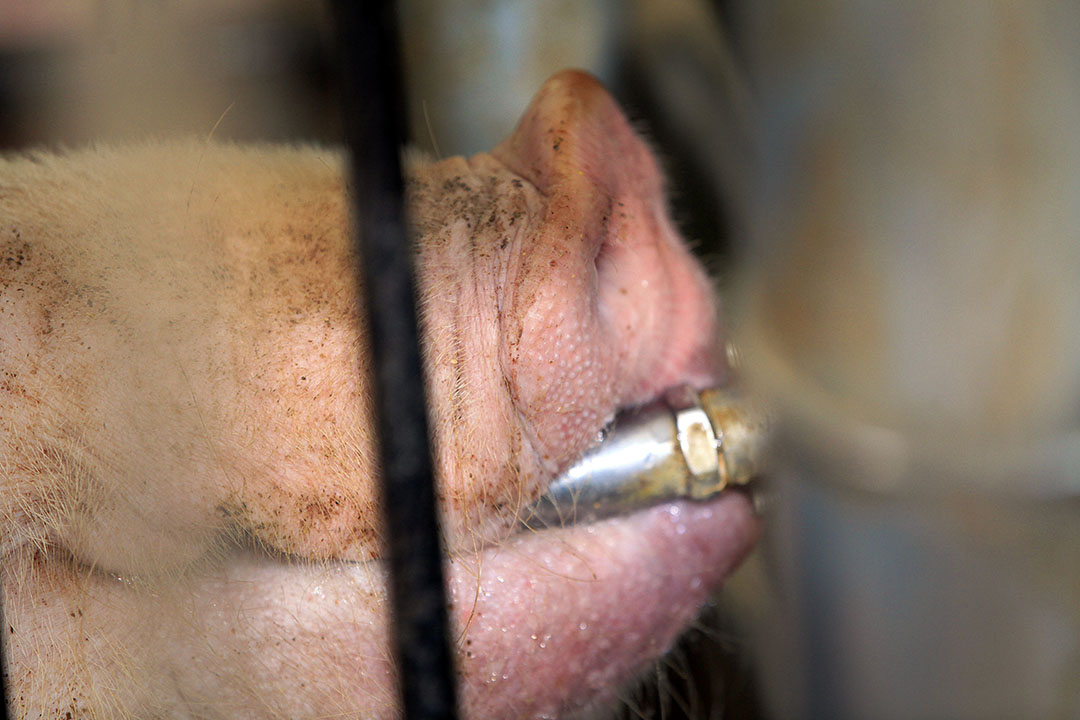
Water as feed
In addition to the supply of energy and essential nutrients, providing adequate amounts of water (2-5 litres per kg of dry matter intake depending on the species, the direction of use, level of performance, feeding, weather and other factors) in appropriate quality is a crucial prerequisite for health and performance of farm animals. Water can, therefore, be regarded as the most important nutrient or feed, and the farmer is solely responsible for ensuring it does not become a limiting factor in animal performance.
Quality of roughage
Coarse feeds, such as grass or corn silage, account for a major part of the ruminant feed, but their quality and feed value can vary considerably. Maximising feed quality increasingly begins with focusing on technically well-founded cultivation planning, as well as on achieving optimal harvesting characteristics by cutting and gathering the crop at its most nutritious stage. To safeguard the quality of forage, additional silage additives can be used that make a significant contribution to improving the fermentation process, but these also stabilise the fermented forage during storage to help maintain its quality when the silo is opened and the crop is exposed to the atmosphere.
Feed additives
Feed additives are widely used in livestock diets in the EU, but only after they have been through a comprehensive and complex approval process to show they are safe for farmers and animals, as well as effective. The use of enzymes to improve the digestibility of certain ingredients such as protein, phosphorus or carbohydrates is widely used. Likewise, numerous probiotics and other products are used to stabilise gut flora and health.
 Beheer
Beheer

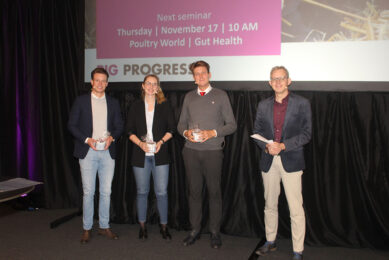
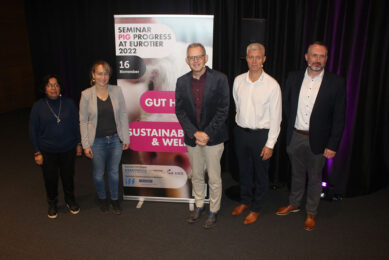
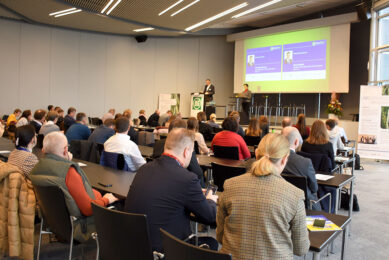
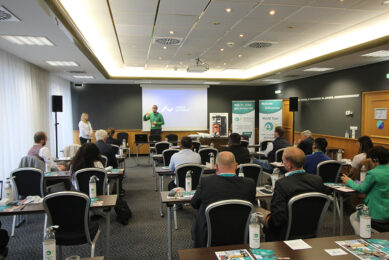



 WP Admin
WP Admin  Bewerk bericht
Bewerk bericht